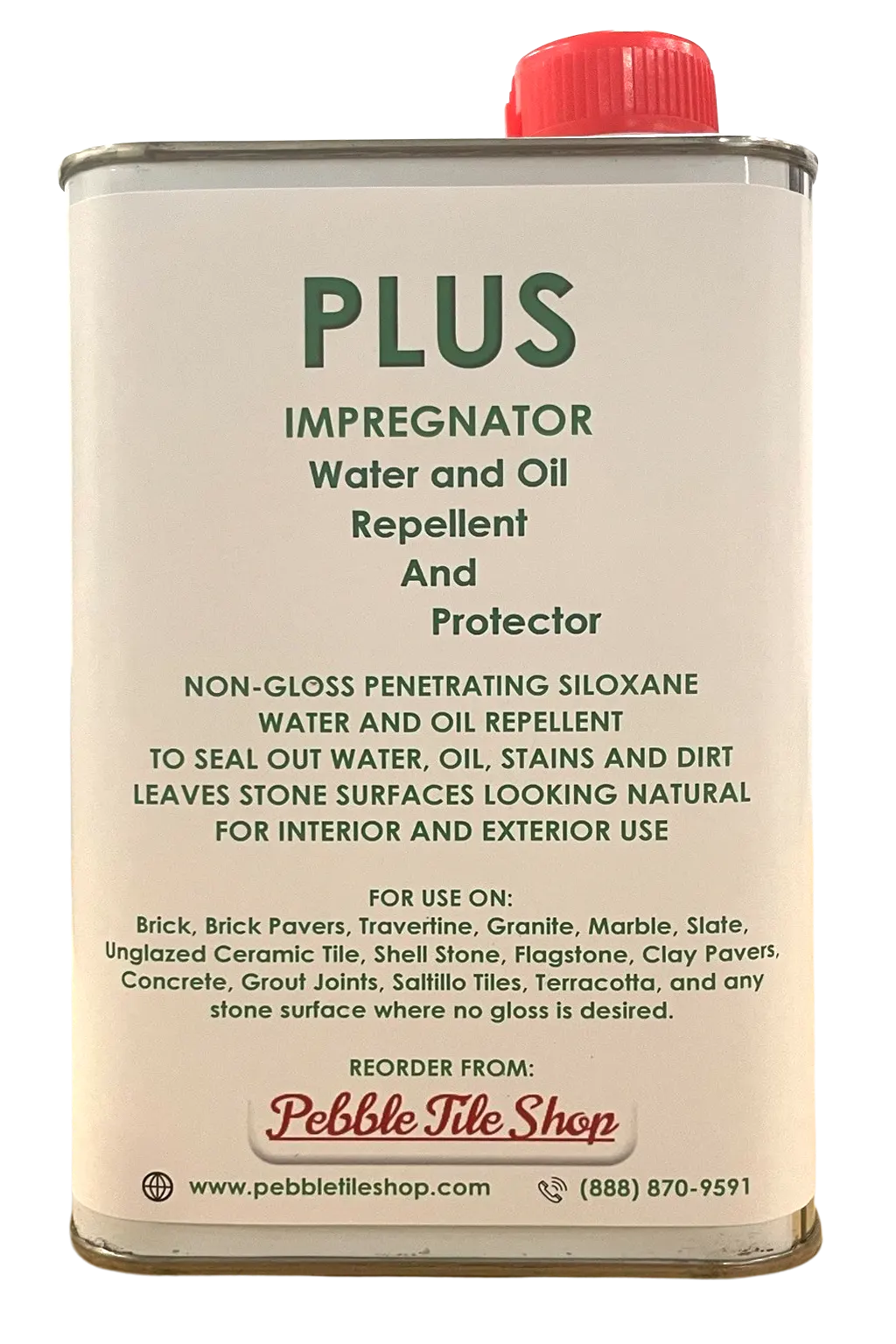1) Introduction: Why this question matters
Many homeowners love the idea of giving old materials a second life, especially when it adds charm to their outdoor spaces. Roofing tiles are often leftover from renovation projects, and their texture, strength, and color make them tempting for garden paths, borders, or decorative walls. But before using them, it is worth asking whether it is safe to use roofing tiles in your garden.
This guide helps you understand when roofing tiles can be a smart, eco-friendly choice and when they may cause problems. You will learn how to identify the right tile types, how to use them safely, and which modern outdoor tile alternatives offer better traction, weather resistance, and style. If you want the same rustic look without worrying about cracking or slipping, purpose-made outdoor tiles are designed for these exact conditions.
2) Quick Answer & Bottom Line
Roofing tiles can be safe for low-risk decorative projects, as long as the material, condition, and installation are appropriate. For example, they can work well for edging garden beds, creating small accent paths, or topping raised planters.
However, they are not suitable for wet or icy walkways, high-traffic patios, or areas exposed to extreme freeze-thaw cycles. Glazed or smooth tiles can become slippery, and old tiles may contain coatings that are not safe for soil or plants.
For areas where traction and durability matter, choose outdoor-rated porcelain, stone, or pebble systems designed for foot traffic and changing weather. These materials offer the same beauty as roof tiles but are safer and longer-lasting.
3) Know Your Roofing Tile Materials
Not all roofing tiles are created equal, and understanding what you have helps you decide where they can be used safely.
-
Clay or Terracotta Tiles: These offer a warm, natural look but are porous. They can absorb moisture and crack in freezing climates unless sealed. Best for decorative edging or accent features in mild regions.
-
Concrete Tiles: Very strong but heavy. They may spall if water seeps in and freezes. The surface texture can vary from smooth to rough, which affects traction.
-
Slate or Natural Stone Tiles: Dense and attractive but often have sharp edges. When properly seated or trimmed, they can be beautiful as garden accents.
-
Glazed Ceramic Tiles: Smooth, shiny, and prone to slipping when wet. Avoid using them for paths or stairs.
-
Old or Unknown Tiles: Inspect for coatings or paints. If you cannot confirm they are non-toxic, do not place them near edible plants or ponds.
Climate matters. Homeowners in the Northeast should watch for freeze-thaw cracking, while those in the Southwest or Pacific Northwest should account for heat and rain exposure.
4) Safe & Smart Uses for Roofing Tiles in the Garden
There are several creative yet practical ways to use roofing tiles outdoors without compromising safety.
-
Edging and Borders: Place tiles vertically or flat to define flower beds or pathways. Use a compacted base for stability.
-
Decorative Accents: Create small mosaics, garden art panels, or planter surrounds for texture and charm.
-
Stepping Stones: Only in low-traffic spots where the surface is textured enough for traction. Always test when wet.
-
Raised Bed Caps or Toppers: Add a finished look but line them with a barrier if the tile material is uncertain.
For main walkways or patios, consider purpose-made outdoor surfaces built for traction, weather resistance, and strength.
5) When Not to Use Roofing Tiles
Avoid roofing tiles in high-risk or heavy-use areas where safety or durability may be compromised.
-
Primary walkways, patios, or stairs if tiles are smooth or glazed.
-
Cold regions where porous tiles might absorb water and crack during freeze cycles.
-
Around pools or ponds where slip risk increases and coatings may leach.
-
Vegetable gardens if the tile’s origin or finish is uncertain.
-
Driveways or heavy load areas where tiles can break under pressure.
If you need a strong, non-slip option for these spaces, outdoor-rated porcelain or natural stone pavers are the safer choice.
6) Safety & Suitability Checklist
Before reusing roofing tiles, run through this quick checklist:
-
Age and Condition: Look for cracks, chips, or coatings that could peel.
-
Surface Texture: Hose down the tile and test traction with sturdy shoes.
-
Edge Treatment: File or sand sharp edges to prevent cuts.
-
Base and Drainage: Lay on a compacted gravel base with a slight slope for runoff.
-
Climate Fit: Account for freezing, UV exposure, and moisture.
-
Sealing Plan: Apply a breathable, exterior-grade sealer if the material is porous, and reapply every few years as needed.
7) How to Do It Right (Step-by-Step)
Step 1: Plan the Layout
Decide which areas will be decorative and which need durable footing. Keep roof tiles for edges or accents.
Step 2: Prepare the Base
Excavate a few inches, lay geotextile fabric to block weeds, then fill with compacted gravel and sand.
Step 3: Set the Tiles
Lay them flat on the bed, ensuring even joints and a gentle slope for water drainage.
Step 4: Add Edge Restraints
Use metal, plastic, or mortared borders to prevent shifting.
Step 5: Finish and Seal
Use a breathable, exterior-grade sealer if needed, and let it cure fully before use.
Step 6: Maintain Regularly
Inspect seasonally, remove moss or algae, and re-seal when necessary.
If traction or durability is a concern, switch to outdoor-rated porcelain pavers designed for heavy use and weather extremes.
8) Better Alternatives for High-Traffic & Wet Zones
If you want the look of roof tiles without the risks, these outdoor options offer style, safety, and strength.
-
Outdoor-Rated Porcelain Pavers: They resist moisture, freezing, and slipping. Perfect for patios and paths that need durability year-round.
-
Natural Stone Tiles: Marble or other stones with honed or antiqued finishes create an elegant surface for select outdoor areas.
Explore marble tiles -
Pebble Tile Systems: Naturally textured, these are ideal for garden paths and areas near water where traction matters most.
View pebble tile options -
Glass or Pearl Tile Accents: Add shimmer and light reflection to planters, garden walls, or fountains, but avoid them on the ground where slipping may occur.
Discover pearl tiles
9) Design Ideas & Inspiration
Looking for design inspiration? Here are a few U.S.-friendly looks:
-
Southwest Style: Combine terracotta edging with gravel paths and a porcelain paver patio.
-
Coastal Modern: Use pebble tile stepping paths leading to a small water feature, paired with pearl tile planters for a reflective touch.
-
Northeast Cottage: Try slate-look porcelain pavers for frost resistance, with marble details for timeless charm.
-
Urban Balcony: Modular porcelain deck tiles with pebble accents can make even small spaces feel polished and natural.
10) FAQ: Quick Answers to Common Concerns
Are roofing tiles toxic in gardens?
Most modern tiles are safe if intact, but avoid using unknown or painted tiles near edible plants.
Q: Will they crack in winter?
A: Porous tiles can if they absorb water. Sealing and good drainage help, but porcelain performs better in freeze-thaw conditions.
Q: Do I need to seal them?
A: Clay, concrete, and some stone tiles benefit from sealing to prevent moisture absorption and stains.
Q: Can I use them in planters?
A: Yes, they can work as liners or decorative caps, but ensure proper drainage and avoid glazed surfaces that trap heat.
Q: What about slip resistance?
A: Use only textured or matte surfaces for foot traffic and always test traction when wet.
Q: Are they safe near water features?
A: Pebble or porcelain systems are better suited for areas exposed to moisture. Keep roofing tiles for vertical or decorative uses.
11) Conclusion & Next Steps
Roofing tiles can add unique texture and character to your garden when used safely for decorative or low-risk applications. However, they are not built for areas that experience heavy foot traffic, constant moisture, or freeze-thaw conditions.
For patios, walkways, and pool surrounds, it is better to choose outdoor-rated porcelain, pebble, marble, or stone mosaic tiles that combine beauty with long-term performance. These materials are crafted for slip resistance, weather durability, and consistent quality—making them ideal for modern outdoor spaces.
If you are planning your next garden or patio project, explore TileHub for a wide selection of durable, design-forward surfaces. You can browse stone mosaic tiles for natural elegance, petrified wood mosaic tiles for earthy character, or pearl tile collections for refined, reflective accents.
TileHub’s parent company, Pebble Tile Shop, also offers handcrafted pebble tiles and natural stone surfaces that bring timeless appeal to both indoor and outdoor designs.







